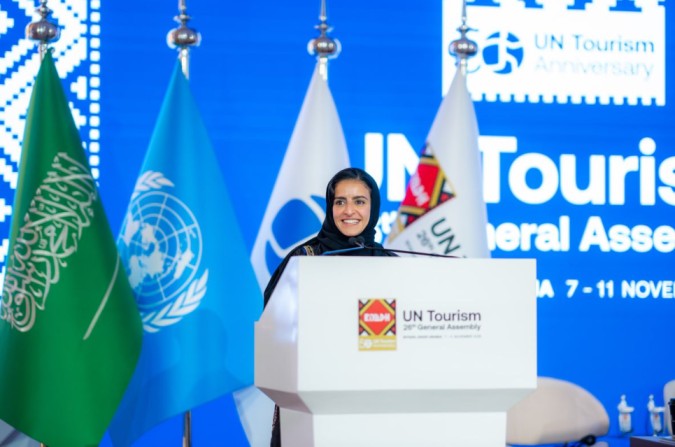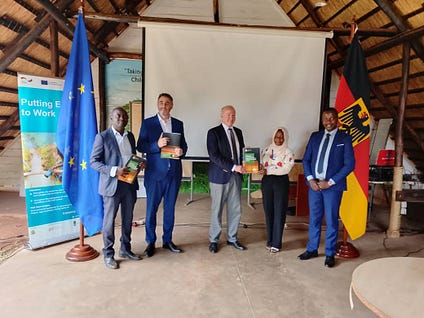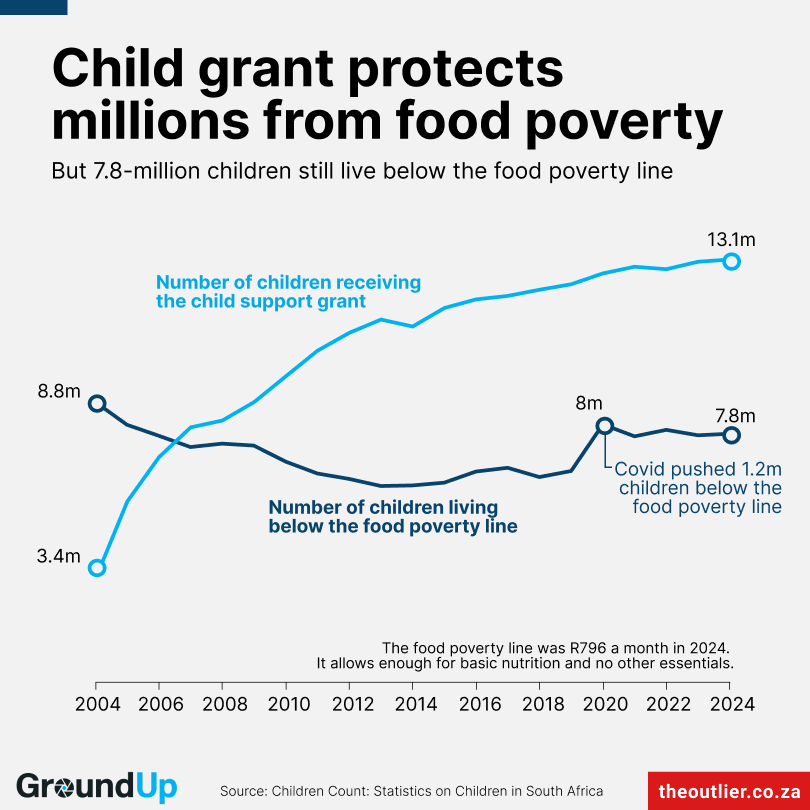Beijing promised Manila billions in development aid. Why did it fall so short? – South China Morning Post
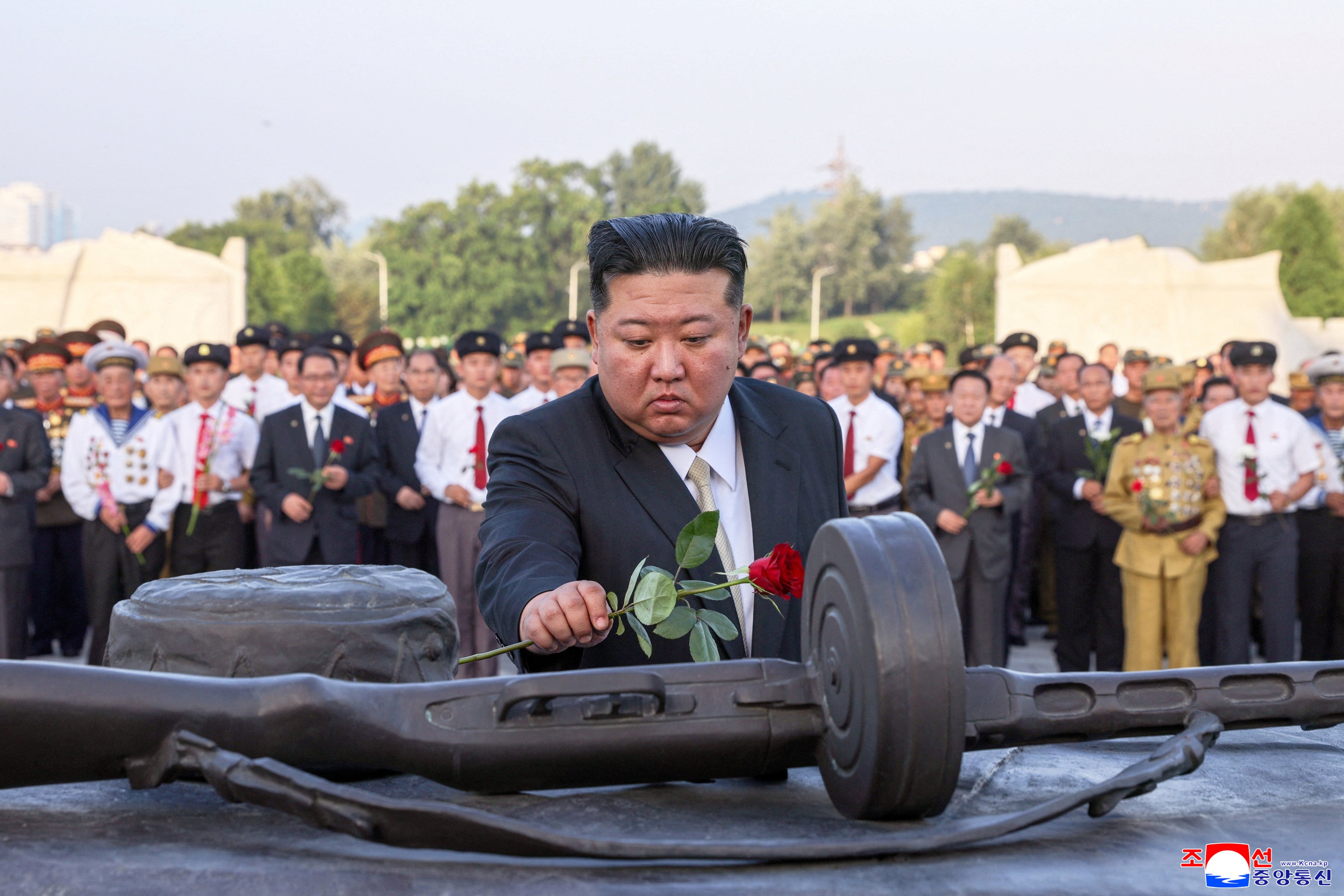
Report on China’s Development Aid to the Philippines and its Impact on Sustainable Development Goals (SDGs)
Executive Summary
A report from the Lowy Institute indicates a significant disparity between pledged and disbursed development aid from China to the Philippines from 2015 to 2023. This shortfall has profound implications for the Philippines’ progress towards achieving key Sustainable Development Goals (SDGs), particularly those related to infrastructure, economic growth, and international partnerships. The failure to realize promised funding undermines the objectives of the 2030 Agenda for Sustainable Development.
Financial Aid Analysis: Pledged vs. Disbursed Funds
The data highlights a critical gap in development financing, directly impacting the implementation of projects essential for sustainable development.
- Total Pledged Amount: China committed US$30.5 billion to the Philippines, the largest pledge to any Southeast Asian nation during this period.
- Total Disbursed Amount: Only US$700 million of the pledged funds were actually delivered.
- Comparative Case (Indonesia): In contrast, Indonesia successfully utilized US$20.3 billion of the US$20.7 billion pledged by Beijing, channeling the funds primarily into projects supporting SDG 7 (Affordable and Clean Energy) and SDG 9 (Industry, Innovation, and Infrastructure).
Implications for Sustainable Development Goals (SDGs)
The failure to disburse pledged funds has directly stalled progress on several SDGs in the Philippines.
- SDG 9: Industry, Innovation, and Infrastructure: The primary objective of the pledged funds was to support large-scale infrastructure ventures under the Belt and Road Initiative. The funding gap represents a major setback for building resilient infrastructure, promoting inclusive industrialization, and fostering innovation.
- SDG 17: Partnerships for the Goals: This case underscores the challenges in global partnerships for sustainable development. The discrepancy between commitment and delivery casts doubt on the reliability of Chinese development finance as a mechanism for achieving the SDGs and highlights the vulnerability of bilateral agreements.
- SDG 8: Decent Work and Economic Growth: The unrealized infrastructure projects signify missed opportunities for job creation, economic stimulation, and sustained, inclusive economic growth.
Causal Factors and Institutional Context
Several factors contributed to the non-disbursement of funds, reflecting challenges related to SDG 16 (Peace, Justice, and Strong Institutions).
- Project Viability: Numerous flagship infrastructure projects were derailed before implementation.
- Political Dynamics: A significant portion of the pledges were made during the administration of former President Rodrigo Duterte (2016-2022). Subsequent shifts in political priorities in Manila have impacted the continuity of these agreements.
- Geopolitical Tensions: Rising tensions between the Philippines and China have created an unfavorable environment for executing large-scale, long-term development projects.
SDGs Addressed in the Article
- SDG 9: Industry, Innovation and Infrastructure: The article’s central theme is the financing of infrastructure projects, including energy and transport, which is a core component of SDG 9. It discusses China’s Belt and Road Initiative and specific infrastructure agreements with the Philippines.
- SDG 17: Partnerships for the Goals: The article details a bilateral financial partnership between China and the Philippines for development. It highlights the challenges in this partnership, such as the gap between pledged funds and actual disbursements, which relates directly to the effectiveness of global partnerships for sustainable development.
Specific SDG Targets Identified
SDG 9: Industry, Innovation and Infrastructure
- Target 9.1: “Develop quality, reliable, sustainable and resilient infrastructure…to support economic development and human well-being.” The article directly addresses this target by discussing the planned financing for “flagship ventures” and “infrastructure agreements,” specifically mentioning “energy and transport projects” which are crucial for economic development.
- Target 9.a: “Facilitate sustainable and resilient infrastructure development in developing countries through enhanced financial…support.” The article provides a clear example of this target in action, detailing the US$30.5 billion in development aid pledged by China to the Philippines specifically for infrastructure.
SDG 17: Partnerships for the Goals
- Target 17.2: “Developed countries to implement fully their official development assistance commitments.” Although China is not a traditional OECD donor, the principle of implementing financial commitments is central to this target. The article’s main point is the failure to meet a commitment, with only US$700 million of a US$30.5 billion pledge being disbursed.
- Target 17.3: “Mobilize additional financial resources for developing countries from multiple sources.” China’s pledge represents a significant mobilization of financial resources for the Philippines. The article quantifies this attempt to mobilize resources and analyzes its outcome.
Indicators for Measuring Progress
The article provides specific quantitative data that can be used as indicators to measure progress towards the identified targets.
Indicators for SDG 9
- Indicator for Target 9.a (specifically Indicator 9.a.1: Total official international support to infrastructure): The article provides precise financial figures that serve as direct indicators.
- Pledged international support for infrastructure: US$30.5 billion from China to the Philippines.
- Disbursed international support for infrastructure: US$700 million.
Indicators for SDG 17
- Indicator for Target 17.2 and 17.3 (related to financial commitments and mobilization): The gap between the pledged amount and the disbursed amount serves as a key performance indicator for the effectiveness of the financial partnership.
- Pledged financial resources: US$30.5 billion.
- Actual mobilized/disbursed financial resources: US$700 million.
- The disbursement rate (2.3%) is an implied indicator of the partnership’s success and the implementation of financial commitments.
Summary of Findings
| SDGs | Targets | Indicators |
|---|---|---|
| SDG 9: Industry, Innovation and Infrastructure |
9.1: Develop quality, reliable, sustainable and resilient infrastructure.
9.a: Facilitate sustainable infrastructure development in developing countries through enhanced financial support. |
Total official international support to infrastructure (Indicator 9.a.1):
|
| SDG 17: Partnerships for the Goals |
17.2: Implement fully official development assistance commitments.
17.3: Mobilize additional financial resources for developing countries. |
Financial resources mobilized and commitment fulfillment:
|
Source: scmp.com

What is Your Reaction?
 Like
0
Like
0
 Dislike
0
Dislike
0
 Love
0
Love
0
 Funny
0
Funny
0
 Angry
0
Angry
0
 Sad
0
Sad
0
 Wow
0
Wow
0

















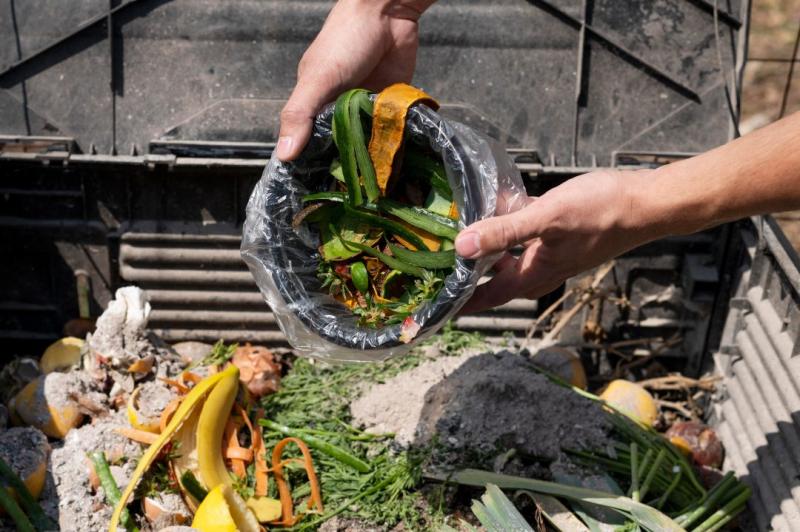













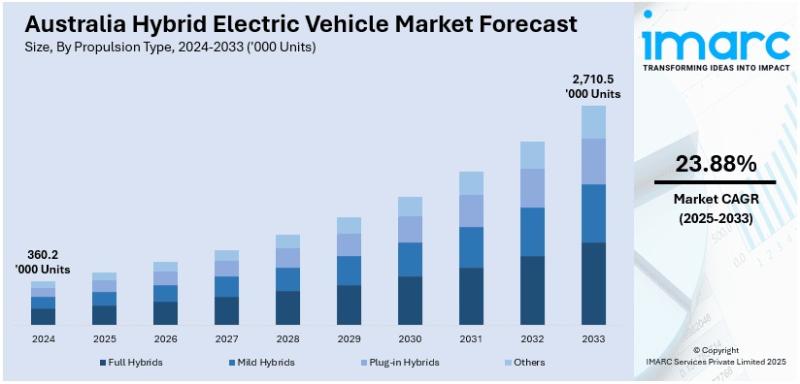

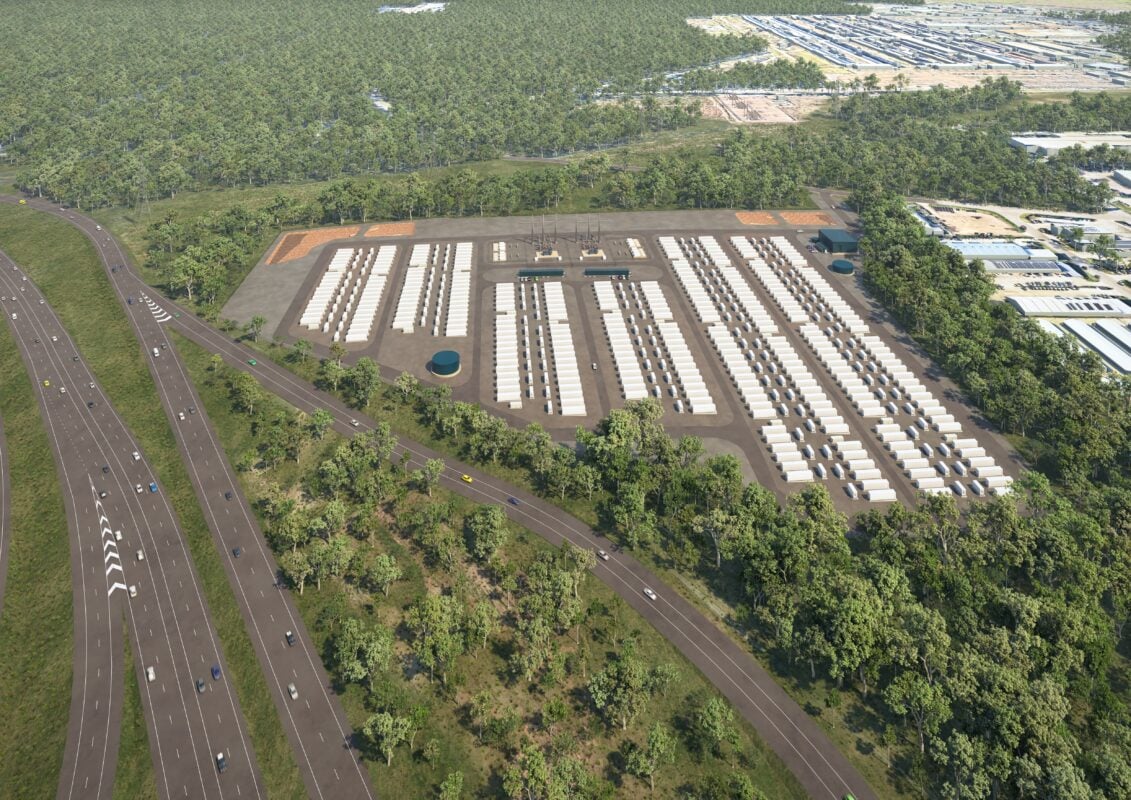




















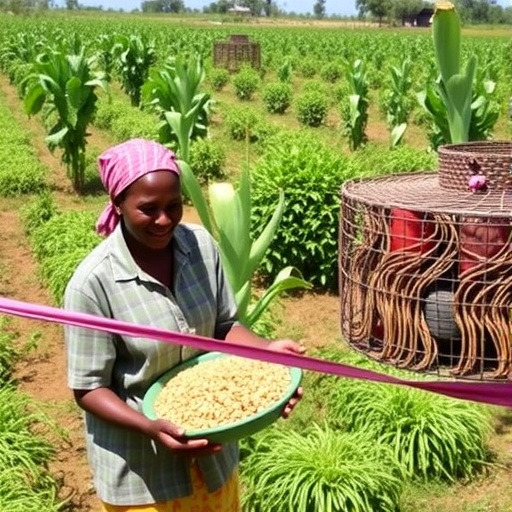
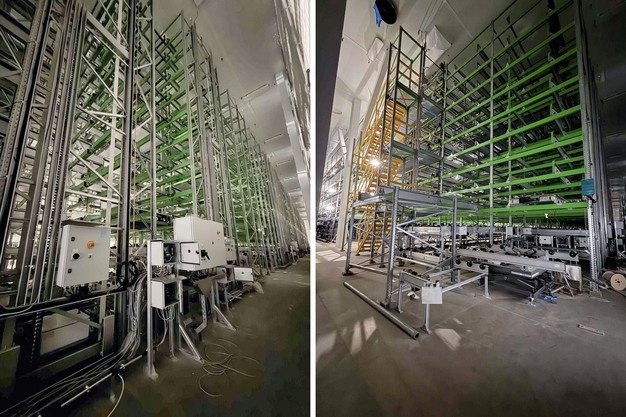



.jpg?#)

